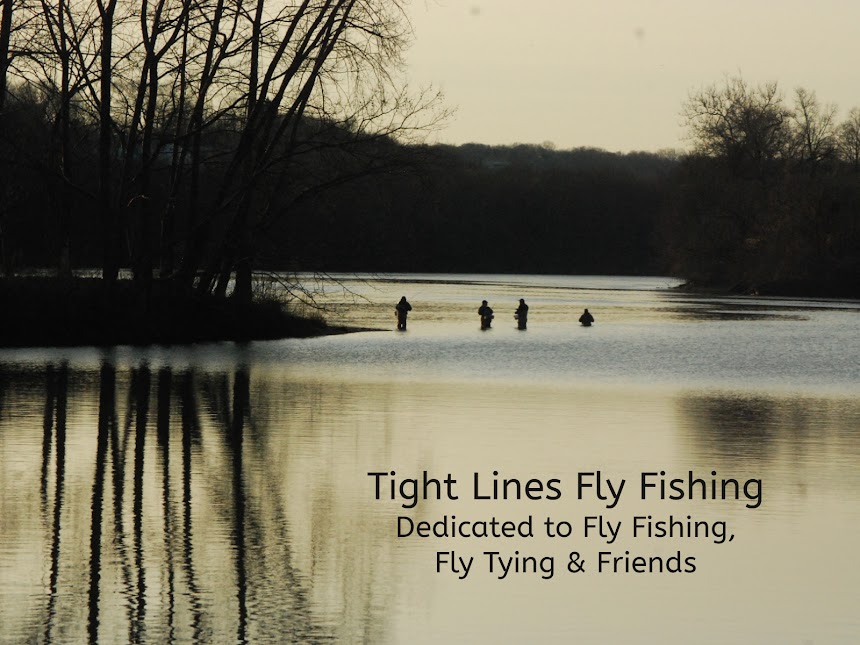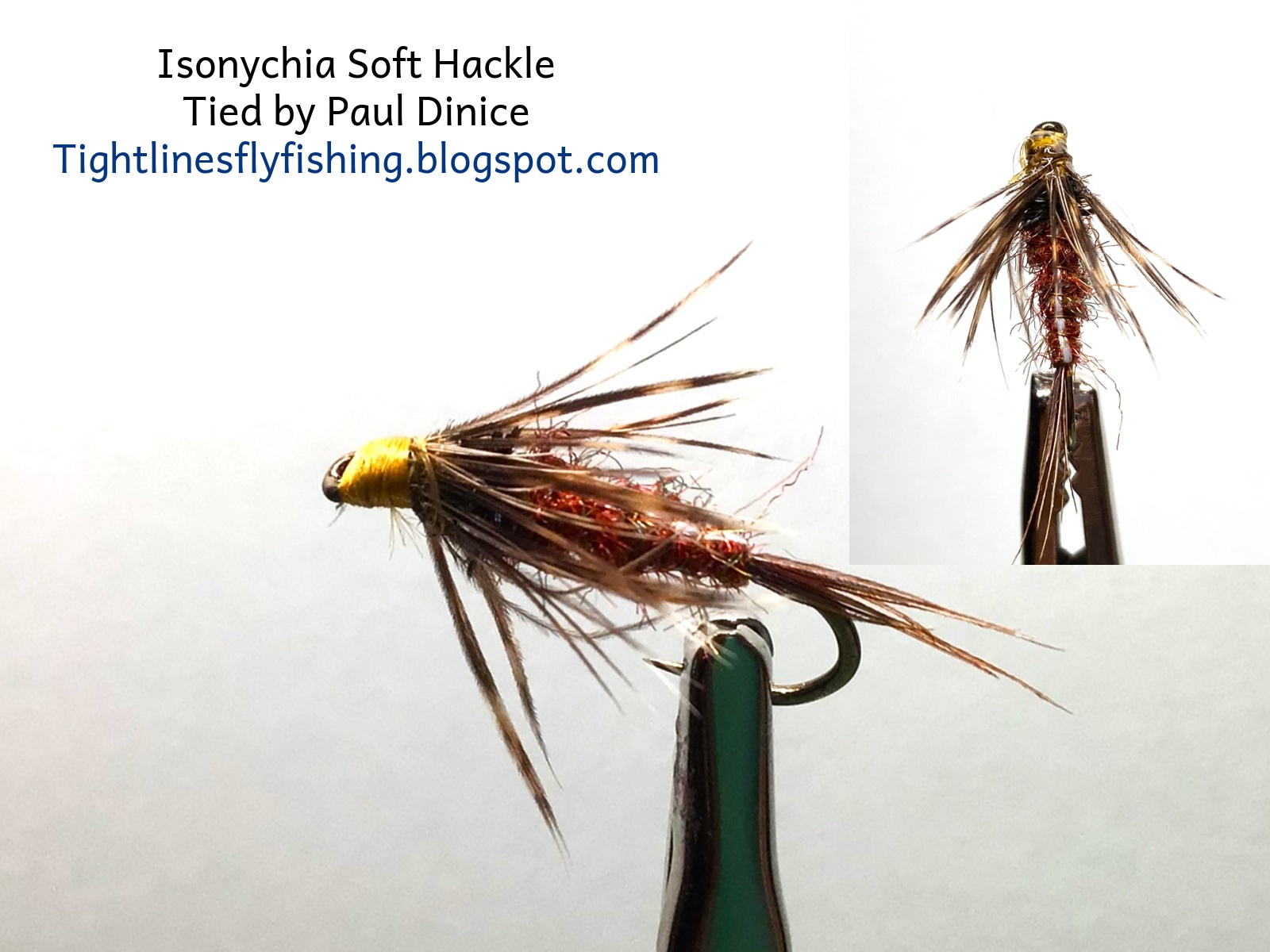Pink Pheasant Tail
Hook: Hanak Jig Nymph
Hook Size #14.
Tying thread: UTC 70 Black.
Bead: Tungsten Metallic Pink or Hot Pink Bead 3.0 mm.
Tail: 4-5 Pheasant Tail Feather fibers.
Rib: Red
or Pink Ultra small wire.
Shell Back: Pearlescent
Tinsel, 1-2 strands.
Abdomen: Pheasant
Tail Fibers.
Thorax: 2-3 Wraps of Peacock Herl or Peacock Dubbing.
There are many variations of Pheasant Tail nymphs that you can fish. This is one of my favorites.
To tie this fly, begin by placing your bead on your Jig Hook. Secure the bead with touching wraps behind it with your thread. Work your thread down to the bend of the hook, creating a slender tapered body. Prepare 5-6 Pheasant Tail Fibers for your tail and body. Tie them in with the tips rearward with securing wraps. Take 1 thread wrap behind and under the fibers. Now, tie in your Red Ultra wire for your rib. Next tie in a strand of Sulky Pearlescent Tinsel. I’ve also used Pearlescent Krystal Flash as an alternative. The Tinsel will act as your Shell Back.
Wrap your thread back up to the bead. Now wrap the butt ends of the Pheasant Tail fibers forward to create a smooth body/abdomen. Tie them off and cut off the butt ends. Bring your Pearlescent Tinsel forward to create a Shell Back (on top of the hook shank). Tie it off in back of the bead. Next, counter wrap your Wire Ribbing forward to create a segmented body. Tie it off and ‘helicopter’ off the excess. Next, behind the bead, tie in 1-2 fibers of Peacock Herl. Take 2-3 wraps behind the bead to create a thorax. As an alternative you can substitute Peacock Dubbing spun in a dubbing loop. I prefer the natural peacock material whenever I can use it. Tie off your thorax and whip finish the fly.
Troutstrike has a great video on how to tie this fly below:
If you have any
questions about this fly or would like to submit a Fly of The Month I can be
reached at pdinice@frontier.com .
















